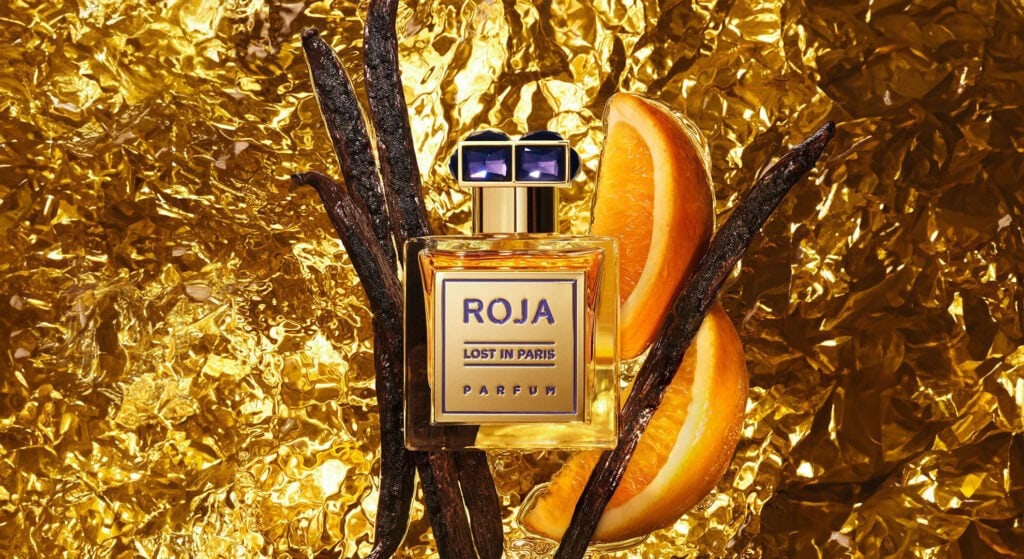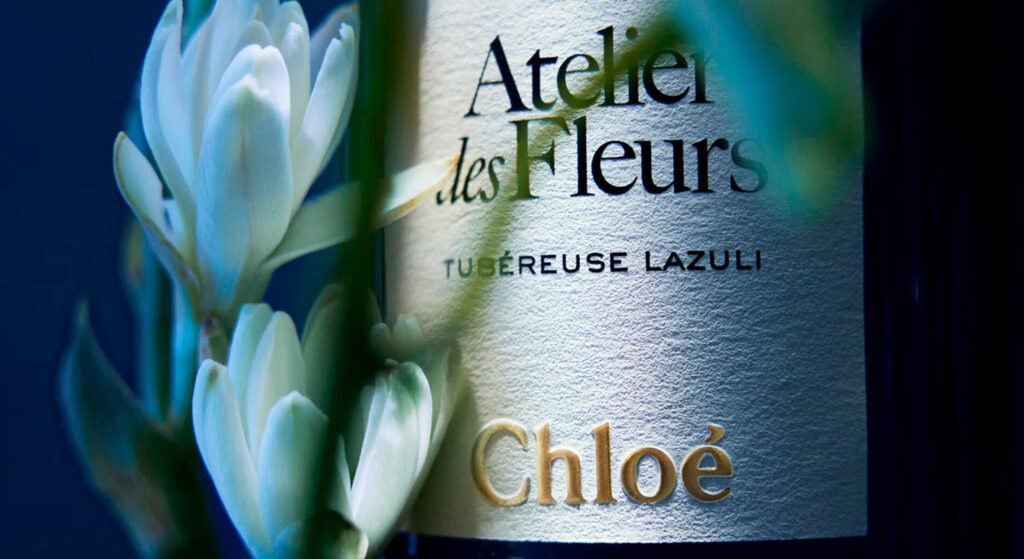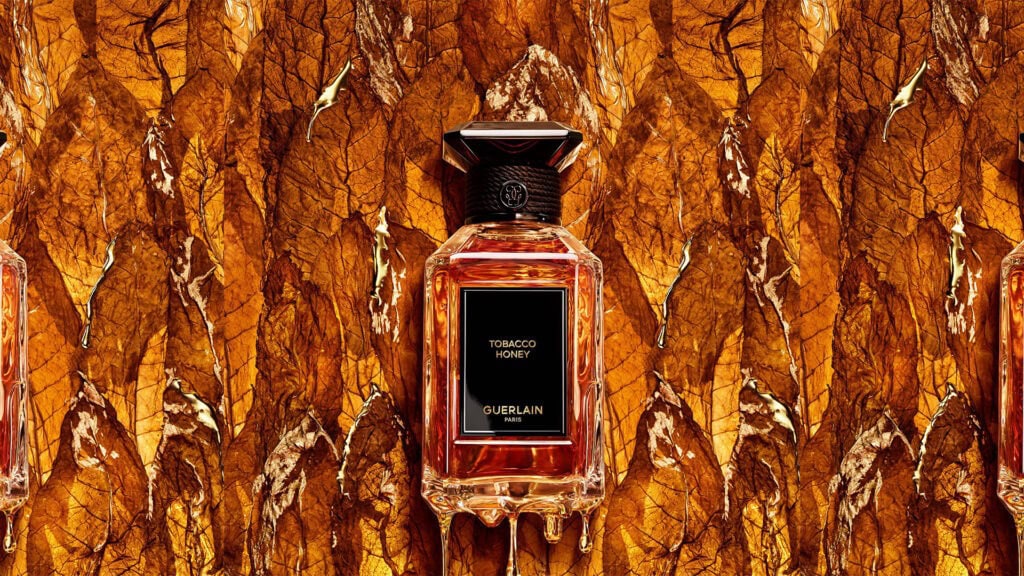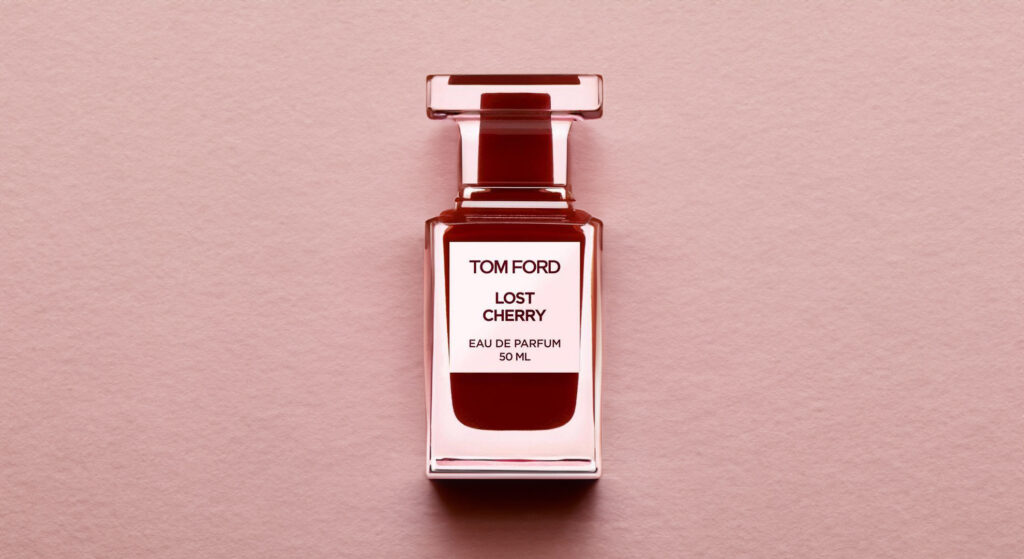The Aromatic Power of Clove in Perfumery: From Extraction to Blending and Notable Scents
Clove, with its warm, spicy, and slightly sweet aroma, has long been a staple in the world of perfumery. Known for its distinctive scent, which evokes feelings of warmth and exoticism, clove adds depth and complexity to a wide range of fragrances. This article delves into the process of extracting clove essence for use in perfumes, the art of blending it with other notes, and some of the most memorable perfumes where clove takes a starring role.
The Extraction of Clove Essence for Perfumery
Clove, derived from the dried flower buds of the clove tree (Syzygium aromaticum), is rich in essential oils that are prized for their aromatic properties. The extraction of clove essence involves several methods, each capturing the unique scent profile of clove in different ways.
- Steam Distillation: The most common method for extracting clove essential oil is steam distillation. In this process, steam is passed through the dried clove buds, which releases the essential oils. As the steam cools and condenses, the clove oil separates from the water, resulting in a highly concentrated essential oil that is rich in eugenol, the compound responsible for clove’s distinctive spicy scent.
- Cold Pressing: Though less common, cold pressing is sometimes used to extract oil from clove buds. This method involves mechanically pressing the buds to release their oils, which are then filtered to produce a pure, aromatic oil. The resulting essence is slightly less intense than that obtained through steam distillation, offering a softer, more rounded clove aroma.
- CO2 Extraction: CO2 extraction is a modern technique that uses supercritical carbon dioxide to extract the aromatic compounds from clove buds. This method preserves the full complexity of clove’s scent, capturing not only its spicy and warm notes but also its subtle sweetness. The resulting oil is highly concentrated and pure, making it ideal for high-end perfumery.
Clove in Fragrance Blending
Clove’s warm, spicy, and slightly sweet aroma makes it a versatile ingredient in perfumery, capable of adding depth, warmth, and a touch of exoticism to a wide variety of fragrance compositions.
- Oriental and Spicy Compositions: Clove is a natural fit in oriental perfumes, where its rich, spicy aroma complements other warm notes like cinnamon, nutmeg, and amber. When blended with resins, woods, and vanilla, clove enhances the exotic and luxurious qualities of the fragrance. Yves Saint Laurent’s Opium is a prime example, where clove adds a warm, spicy depth to a rich blend of resins, myrrh, and citrus.
- Woody and Earthy Scents: Clove’s warm spiciness also pairs beautifully with woody and earthy notes like sandalwood, cedar, and patchouli. The combination creates a fragrance that is both grounded and invigorating, with clove adding a dynamic kick to the otherwise smooth and earthy base. Tom Ford’s Noir is a great illustration of this, where clove’s spicy warmth enriches a blend of woody and aromatic notes.
- Gourmand Fragrances: In gourmand compositions, clove can add a spicy edge that balances the sweetness of notes like vanilla, caramel, and chocolate. The warmth of clove prevents these sweet scents from becoming overly sugary, adding complexity and a hint of sophistication. Serge Lutens’ Five O’Clock Au Gingembre showcases clove’s ability to elevate a gourmand fragrance, where it is blended with ginger, honey, and cocoa for a spicy, sweet experience.
- Floral and Spicy Accords: Clove can introduce a warm, spicy undertone to floral perfumes, enhancing the richness and sensuality of flowers like rose, jasmine, or tuberose. This combination results in a fragrance that is both alluring and exotic, with clove adding depth and a touch of mystery. Caron’s Poivre is an iconic example, where clove is used to create a fiery, spicy floral scent that is both bold and unforgettable.
Iconic Scents Featuring Clove
Clove has played a significant role in some of the most iconic fragrances, demonstrating its ability to add warmth, spice, and complexity to a variety of compositions.
- Yves Saint Laurent Opium: One of the most famous oriental perfumes, Opium features clove as a key note, adding a warm, spicy depth to a rich blend of resins, myrrh, and citrus. The clove note enhances the fragrance’s exotic and luxurious character, making it a timeless classic.
- Tom Ford Noir: This fragrance showcases clove’s versatility, using it to add a spicy warmth to a blend of woody and aromatic notes. The result is a rich, complex scent that is both sophisticated and bold, with clove playing a central role in its composition.
- Serge Lutens Five O’Clock Au Gingembre: In this gourmand fragrance, clove adds a spicy edge that balances the sweetness of ginger, honey, and cocoa. The clove note elevates the composition, creating a scent that is both comforting and intriguing.
- Caron Poivre: An iconic spicy floral fragrance, Poivre uses clove to create a fiery, bold scent that is both daring and unforgettable. The clove adds a warm, spicy intensity to the floral heart, making it one of the most distinctive fragrances in the world of perfumery.
Clove’s presence in these iconic perfumes highlights its ability to add depth, warmth, and a touch of exoticism, making it an indispensable ingredient in the art of fragrance creation. Whether enhancing the richness of oriental compositions, adding complexity to gourmand blends, or providing a spicy contrast to floral notes, clove continues to be a powerful and evocative note in the world of perfumery.
Love this fragrance? Share your thoughts! Your vote helps other perfume lovers discover new favorites. Rate it now and make your mark!
Click on a star to rate it!
Average rating 0 / 5. Vote count: 0
No votes so far! Be the first to rate this post.



